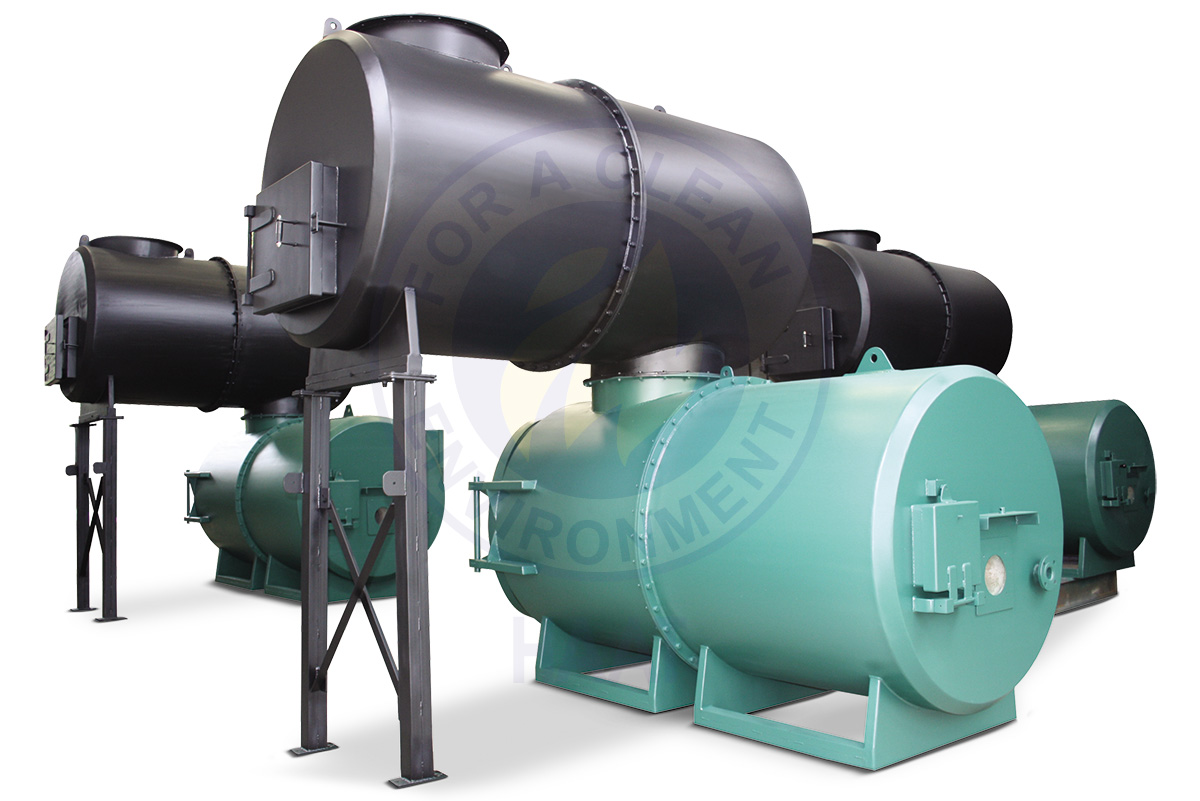
Paints Used for Incinerators
It is said that a coat of good paint makes all the difference to the look of a product. Will anyone buy a product or a machine which has poor quality written all over it with unattractive paint and painting? Look at modern cars made today. They have shiny, glossy, beautiful painting done to the body which first attracts the buyer, followed by the features and of course the price.
The above is also very true of incinerators, which need to be painted with the correct type of paint and in attractive colours.
There is an earlier blog on a similar subject, but in this blog we want to highlight the significance of the type of paints used.
Any incinerator will normally have a skin temperature in the region of 70°C, but one notices often, depending on the waste and the operation of the incinerator, that there are areas on the surface which are subjected to higher temperatures resulting in paint peel off. It becomes necessary, therefore, to use a good quality high temperature resistant paint on the incinerator.
In India, high temperature resistant paints are generally available only in aluminium and black shades. Obviously these contain metals in the form of thin flakes and these are able to withstand a reasonably high temperature. No paint is available for temperatures beyond a certain value. These have to be imported. Many varieties of paints are available with overseas manufacturers particularly of the epoxy types, which have a reasonably good temperature resistance. These are also available in many attractive shades.
If paint of high temperature resistance is to be applied to an incinerator body, the role played by the primer is often forgotten. The standard primer used has a lower temperature resistance and when the skin temperature exceeds this, the primer, along with the top coat, comes off even though the top coat has a higher temperature resistance.
For this reason, Haat always chooses the right kind of primer which has equal or more temperature resistance than the top coat and this also is the reason why our paint life is considerably longer than many others.
The choice of the primer, combined with good surface preparation such as grit blasting conforming to a NACE 2½, gives a good toe hold and more room for the primer on the surface, which now has more surface area than an unprepared one, all these contributing to a long paint life and good looks for the machine on a continuous basis.
Many of our installations aged up to 10 years required little or no repainting at all.


